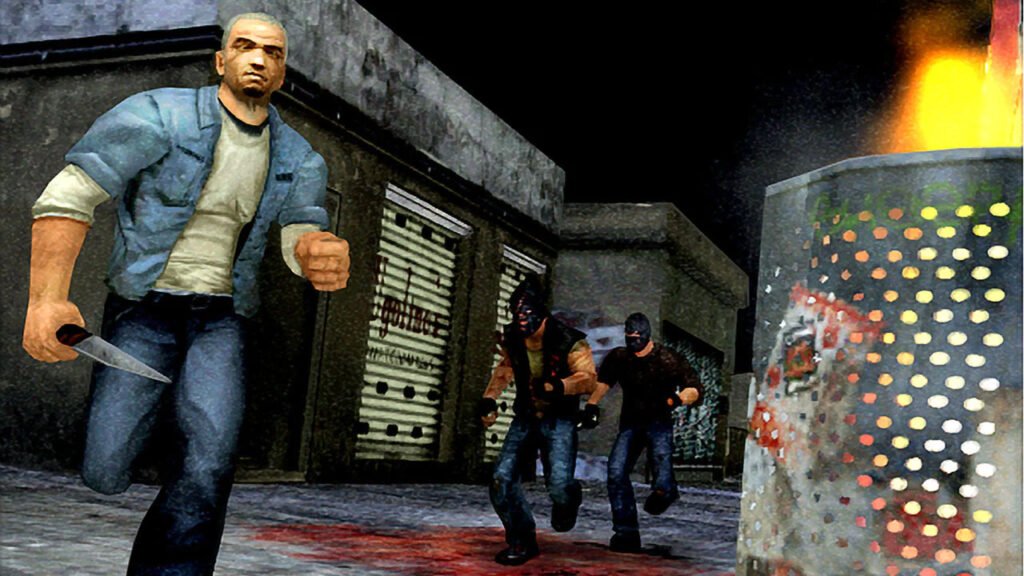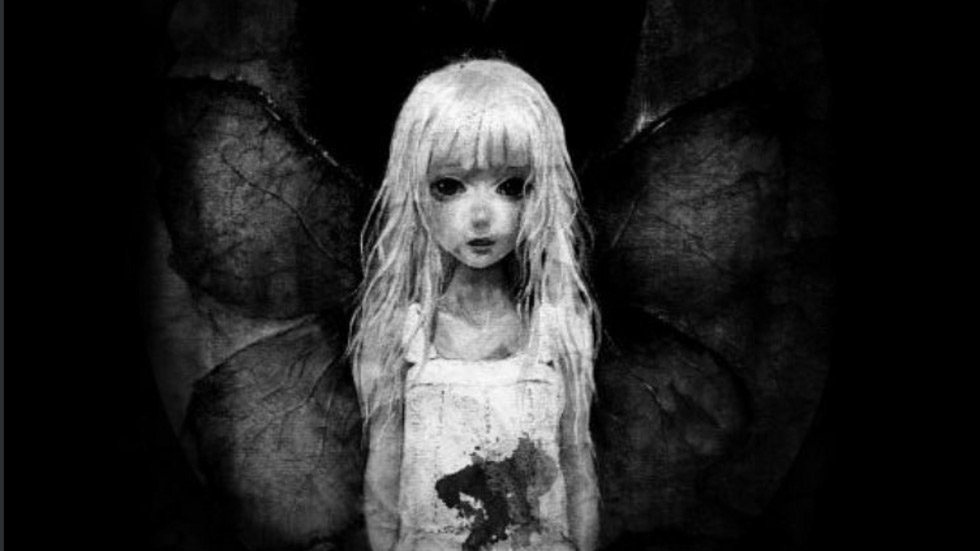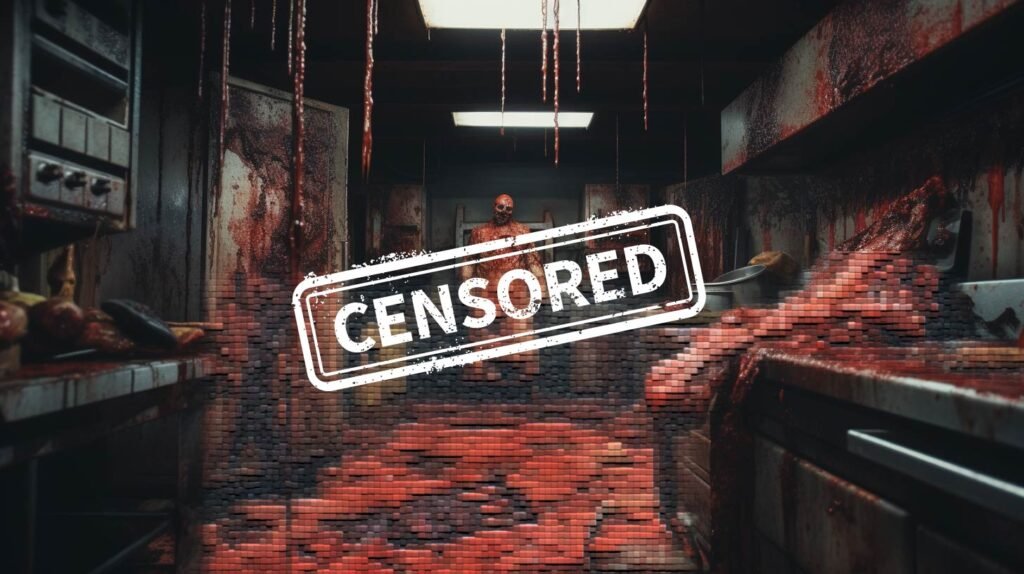What if the very games you’re itching to play are shrouded in notoriety, banished from the public eye for crossing lines you didn’t even know existed? Welcome to the vault of the virtual damned, where horror games that dared to defy societal norms were met with the swift hammer of censorship. These are not just games; they are tales of rebellion, of art that pushed the envelope until it tore. Let’s pry open the seal of the forbidden and delve into the chilling allure of five horror games that were deemed too harrowing for the world. Buckle up; this is not your average walk through the haunted house. Here are 5 horror games that got banned from some countries and most of all; why?!
“Manhunt” – The Hunted Becomes the Hunter
The World’s Revulsion
Rockstar Games, notorious for skirting the edge of gaming decency, orchestrated a symphony of shadows with “Manhunt.” This stealth-based survival casts you as James Earl Cash, a death row inmate thrust into a macabre game of life and death. The premise? A snuff film director orchestrates your moves as you dispatch gang members in a grisly ballet of violence.

The visceral brutality of “Manhunt” didn’t just raise eyebrows; it incited global outrage. The UK, Ireland, and a host of other nations recoiled, banning the game outright. The depiction of a murderer as a protagonist, a twisted hero in a vile world, sparked a firestorm. The game’s very essence, demanding players to execute with ruthless precision, became its undoing on the international stage.
“Silent Hill: Homecoming” – A Dance with Despair
Australia’s Refusal
“Silent Hill: Homecoming” weaves a tale of Alex Shepard, a soldier grappling with the specters of war. His return to Shepherd’s Glen unveils a town ensnared in turmoil, his brother missing, and dark secrets pulsating beneath the surface. The game’s dance with despair and its unflinching gaze into the abyss drew players into a world where horror lurked in every shadow.
Yet, the Australian Classification Board refused to let this dance unfold within its borders. The game’s stark portrayal of violence, the blood-soaked canvas of its world, was deemed too intense. A scene of visceral bisection, a struggle with an electric drill—these moments of chilling intensity were too real, too raw. The game was censored, its darkest moments excised before it could walk the streets of Australia.
Did you know about the most cursed video games in history?
“F.E.A.R. 2” – A Specter of War
Germany’s Cold Shoulder
“F.E.A.R. 2” resurrects the haunting of the first game, plunging players into a city besieged by supernatural forces. As Michael Beckett, players navigate a labyrinth of horror, confronting the psychic specter of Alma Wade. The game’s fusion of first-person combat and paranormal terror crafted an experience that was both exhilarating and unsettling.
Germany, with its stringent stance on in-game violence, gave “F.E.A.R. 2” the cold shoulder. The game’s lifelike violence, accentuated by slow-motion effects, painted a portrait too grim for German audiences. Despite appeals, the F.E.A.R. 2 remain into the banned games list, its full vision never realized on German soil.
“Mariam” – The Intrusive Apparition
A Digital Phantom
“Mariam” stands apart as a digital phantom, an interactive horror that intertwines with reality. The game probes deep, asking personal questions, blurring the lines between the game’s world and your own. It’s a journey through the life of a girl with a ghostly gift, but it’s the intrusion into players’ lives that casts the longest shadow.

The United Arab Emirates and Oman saw through the game’s guise, banning “Mariam” for its potential to exploit personal data. The game’s eerie knack for using real-life information to manipulate players sparked a wave of concern, leading to a stern warning from Dubai’s police force. The game’s real-world implications were too perilous to ignore, marking it as a digital curiosity best left unexplored.
“We Happy Few” – A Pill to Make You Numb
Australia’s Stand
“We Happy Few” presents a dystopian society drowning in denial, where a drug called Joy erases the horrors of a war-torn past. The citizens of Wellington Wells, draped in a facade of happiness, are oblivious to the crumbling world around them. The game’s narrative is a clever allegory for the perils of escapism and the cost of false utopias.
Australia initially rejected this narrative, seeing the game’s drug use as a dangerous precedent. The idea that Joy could be a panacea for societal woes was a narrative they weren’t willing to entertain. It took appeals and consumer warnings for “We Happy Few” to find a place on Australian shelves, a testament to the game’s provocative commentary on addiction and control. But in 2019 it got into the Australia’s banned games list again!
Honorable mentions from not-horror games that got banned as well
“Postal 2” – The Envelope of Outrage
“Postal 2” is a game that revels in the outrageous, a satirical take on a week in the life of an everyman. With no real objectives other than to navigate daily errands, the game becomes a canvas for chaos, allowing players to unleash a torrent of violence on an unsuspecting town.
Banned in New Zealand, Australia, and several other countries, “Postal 2” was censored for its crude humor and encouragement of indiscriminate violence. The game’s developers wore the bans as a badge of honor, a sign that their creation had struck a nerve in the cultural zeitgeist.
“Carmageddon” – The Race to Infamy
“Carmageddon” takes the racing genre and flips it on its head. Instead of pristine tracks and checkered flags, players are thrust into urban chaos where pedestrians are fair game, and destruction is the name of the game.
Countries like the UK and Germany put the brakes on “Carmageddon,” banning it for its graphic violence and moral ambiguity. The game’s blatant disregard for human life, even in a virtual setting, was a red line for regulators, leading to a censored version that replaced humans with zombies to mitigate the controversy.
“Hatred” – An Ode to Anarchy
“Hatred” is an ode to anarchy, a game that revels in the chaos of a man’s descent into madness. With no name and no backstory, the protagonist’s sole purpose is to sow death and destruction. The isometric view becomes a window into a world unhinged, where players engage in a rampage against humanity itself.
The stark, monochrome world of “Hatred” was too much for the global stage. Australia, Germany, and New Zealand recoiled, banning the game for its unapologetic glorification of violence. Critics were split, some praising its technical prowess, others condemning its heart of darkness. Yet, the game remains a testament to the chilling effect of unbridled hatred.
These banned games, with their tales of terror and controversy, remind us that the horror genre is a playground for the taboo. The bans they faced only amplify their allure, drawing us into a world where the thrill of the forbidden reigns supreme. As we close the crypt on these tales, let’s remember the very first horror game ever made in history.

